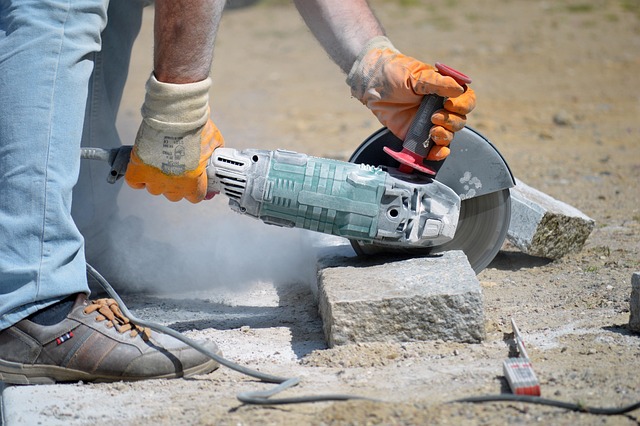How Flashing Failures Affect Smoke Draft and How to Address Them
Flashing failures can cause more than leaks: they change how a chimney drafts and how smoke exits a home. Addressing compromised flashing quickly helps protect the flue, masonry, and liner from water, reduces creosote and soot issues, and preserves venting performance over time.

How flashing leaks let water into masonry and mortar
Flashing is the metal barrier that seals the gap where the chimney meets the roof. When flashing fails, water can seep into the masonry and mortar joints, weakening mortar and accelerating deterioration. Moisture in brickwork leads to freeze–thaw damage, spalling, and loss of structural integrity. Wet mortar reduces its bond strength and can require repointing to restore proper load transfer. Left unchecked, moisture paths created by damaged flashing can also carry soot and creosote-laden particulates into cavities, creating further deterioration and staining.
How water damage alters flue, liner, and cap performance
A flue liner protects the chimney structure from heat and combustion by-products. Water intrusion from failed flashing can corrode metal liners and degrade clay or ceramic liners, reducing their effectiveness. Caps are designed to keep precipitation and animals out; compromised caps plus flashing leaks increase the chance of interior water pooling. Damaged liners and blocked or misaligned caps affect draft by changing the flue’s internal dimensions and smoothness, which can cause backdrafting or poor venting of combustion gases.
How creosote and soot build-up worsen draft and venting
When flashing problems allow intermittent moisture, soot and creosote deposits can harden into sticky or glassy layers on the flue surface. These deposits narrow the flow path, disrupting smooth venting and increasing resistance to draft. Reduced draft can push smoke back into living spaces and raise carbon monoxide risk. Regular inspection and professional chimney sweep services can remove soot and creosote safely; addressing flashing at the same time prevents recontamination and reduces the frequency of cleaning needed.
Inspection steps: identifying flashing and crown issues
A focused inspection helps separate flashing-related draft problems from other causes. Look for rusted or separated flashing, gaps in roof-to-chimney seals, cracked crown areas, and missing mortar in the chimney stack. Internally, check for signs of water staining on the flue or smoke chamber, loose mortar, and interior soot patterns that indicate backflow. Use a camera inspection where available to examine liner condition. Inspecting both the roofing junction and the flue interior provides a comprehensive view of draft-impairing issues.
Repair techniques: repointing, waterproofing, and restoration
Common repairs that restore draft performance begin with proper flashing replacement or resealing, using durable materials compatible with the roof and chimney. Repointing deteriorated mortar restores the masonry bond and helps maintain a square, stable flue path. Crown repairs or crown replacement prevent water from falling into the throat. Waterproofing treatments applied to brick (breathable masonry sealers) can reduce water absorption while allowing vapor to escape. Where liners are damaged, relining or repairing the flue with appropriate materials restores safe venting geometry and protects the surrounding masonry.
| Product/Service | Provider | Cost Estimation |
|---|---|---|
| Flashing replacement (roof-to-chimney) | Local CSIA-certified chimney sweep or licensed roofer | $200–$800+ depending on roof complexity |
| Chimney crown repair or replacement | Local masonry contractor (licensed) | $250–$1,000+ depending on size and materials |
| Flue liner relining (stainless or cast-in-place) | Chimney professional or masonry specialist | $800–$3,000+ depending on liner type and chimney height |
| Repointing (mortar joint repair) | Local masonry contractor | $300–$2,000+ depending on area and mortar required |
Prices, rates, or cost estimates mentioned in this article are based on the latest available information but may change over time. Independent research is advised before making financial decisions.
Cost and real-world pricing insights
Real costs vary with region, accessibility, and the underlying condition uncovered during inspection. Simple flashing reseals are at the lower end of ranges, while full flashing replacement with roof work or significant crown and liner restoration pushes costs higher. Obtaining multiple written estimates and confirming contractor licensing, insurance, and references helps align expectations. Marketplaces and local services directories can connect homeowners with certified technicians; ask for itemized estimates that separate flashing, mortar/repointing, liner work, and waterproofing so you can prioritize repairs that most affect draft and safety.
Conclusion
Flashing failures create pathways for water that compromise masonry, liners, caps, and crowns, and these effects often show up as reduced draft and increased soot or creosote build-up. Regular inspection, prompt repair of flashing and adjacent masonry, appropriate waterproofing, and professional flue cleaning or relining together restore venting performance and extend chimney life. Addressing both the visible roof junction and the internal flue condition is the most reliable approach to resolving smoke draft problems and preventing recurrence.





